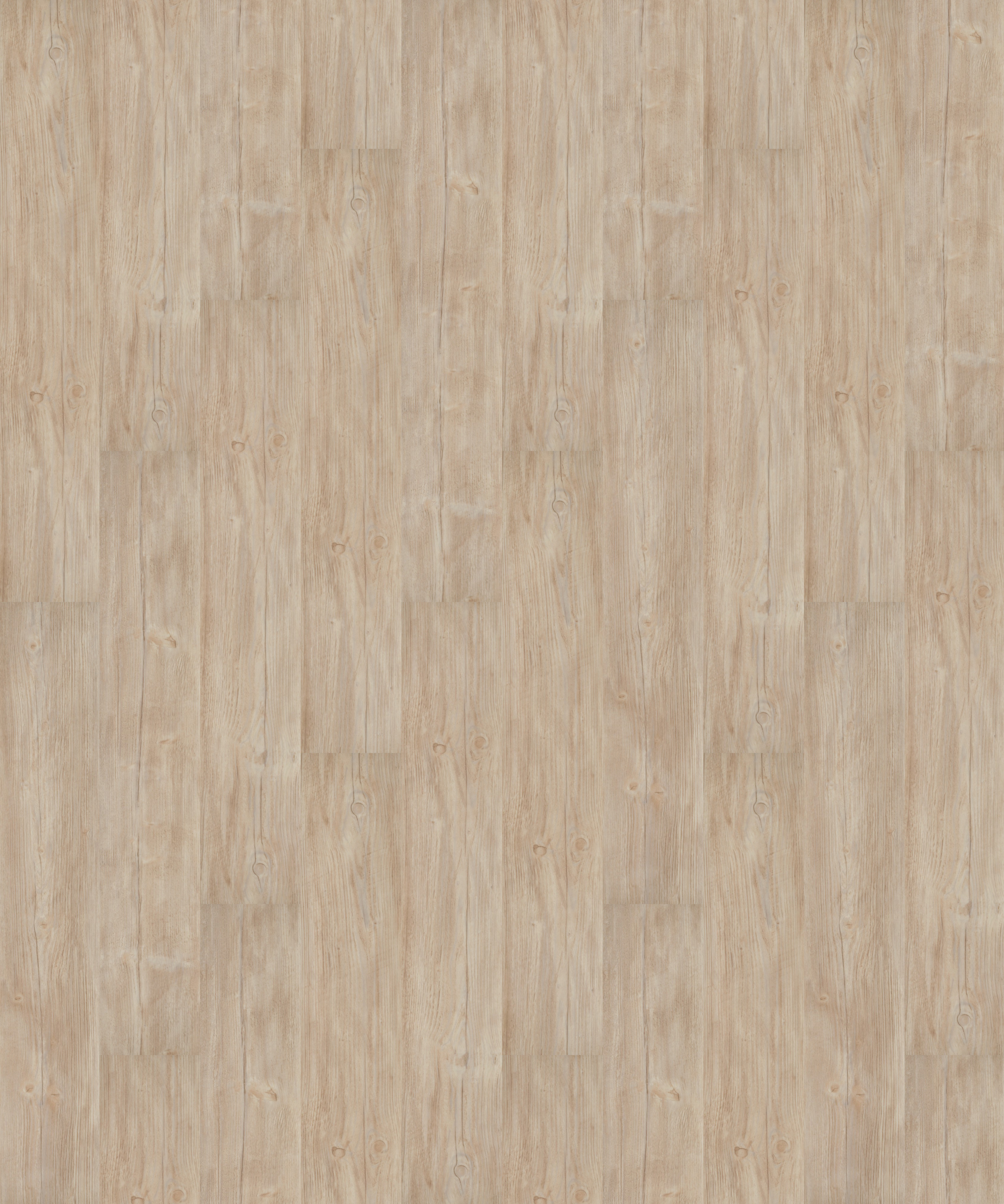Solidworks Texture Files

Read more about Translating Textures from SOLIDWORKS to Composer on the. Translating Textures from SOLIDWORKS to. Save out 3D XML files with textures. SolidWorks Composer is used for a variety of purposes, and while shop instructions and end-user instructions are the most common applications, many people are making. CAD Import and Export Overview. SOLIDWORKS provides more than 30 translators to convert incoming CAD data into SOLIDWORKS 3D CAD format. CAD File Conversion.

Broadcom 802.11 N Network Adapter Driver Windows 8. STL (stereolithography) file types are commonly used in CAM and 3D printing, but are unfortunately difficult to work with in SOLIDWORKS. When opening an STL file, the software crash completely. Other times, the model is brought in as a body with no selectable faces or edges.
This is not a glitch, but actually an STL graphics body. STL files describe a model’s surface geometry using a mesh of plain or triangular faces, which define the curves and surfaces within a native SOLIDWORKS file. The more complex the STL model’s geometry gets, the harder it will be on the software’s memory to import and convert the shape into a solid part file. Within the import options, users can control what type of body SOLIDWORKS attempts to form when opening a file. To do this, click on “File” and select “Open.” To access the STL import options, users need to change the file type in the dropdown menu to STL. Next, select “Options.” Here, users can choose to import the file as a graphics body, solid body or surface body. Users can also set units and import texture information if the STL file contains any.
Surface Body In the video above, we see a demonstration of importing a surface body without running import diagnostics. By deciding not to run import diagnostics, users will be greeted by their imported file with each of its faces displayed in a mesh. This can be edited, but the robustness of the model is poor.
Running a Geometry Analysis at this point will be difficult and could crash SOLIDWORKS depending on the size and complexity of the file. The best use of this imported file would be to use it as a reference to rebuild the part with clean surfaces. Solid Body It is only recommended to open STL files as solid bodies for small or simple operations, as SOLIDWORKS imports the file as a surface body at first and automatically attempts to repair gaps and overlaps in surfaces to form a solid body. Users should run import diagnostics to repair the file. Be aware that this process is memory intensive. If the file cannot be repaired, the diagnostics tool will crash.
Comments are closed.